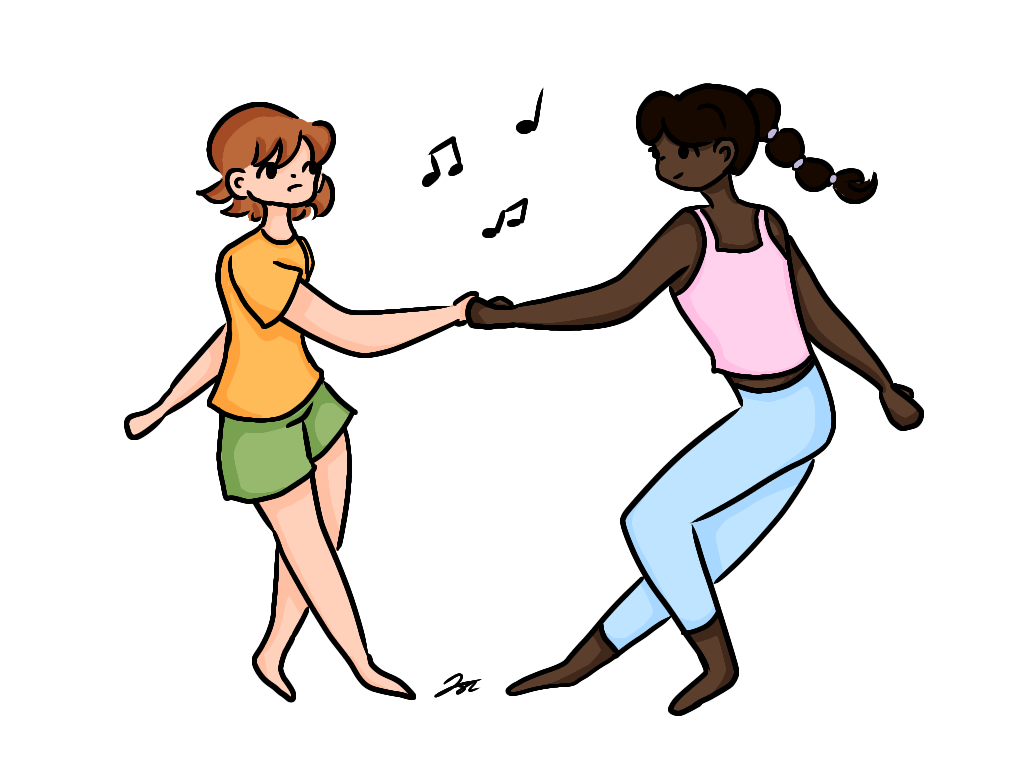With the winter Olympics finally over, our minds are fresh with images of disappointed figure skaters, subpar opening and closing ceremonies and those privileged few with medals around their necks. We usually think of those athletes as hard workers who are living the dream. They become concrete examples of where you can go with a little determination and diligence. However, life as a professional athlete, especially an Olympic athlete, is never easy.
Figure skaters in particular are in a catch-22 with their careers. In order to become successful in the skating world, one must invest an absurd amount of time, money and energy. Once they are ready to become professionals, figure skaters often find it hard to make a career from their passion.
Along the way, figure skaters have to deal with inhuman amounts of stress relating to competition and even body image. Figure skaters peak around age 14, when the body begins to fully develop and growth spurts destroy the ideal figure skater image. The end result is often vicious. Ex-figure skaters can find themselves bankrupt and unsure where to turn for solutions.
For example, in 1998 figure skater Nicole Bobek brought home the gold medal from the winter Olympics in Japan. She was easily one of the best figure skaters in the U.S. A few years ago, Bobek was arrested for her involvement in a meth distribution ring. Her face in the mug shot, scarred by meth use, looked nothing like the young blonde with whom Americans fell in love during the height of her fame.
Figure skaters are not the only athletes to suffer from high-stress competition and burnout. Recently, five-time gold medal swimmer Ian Thorpe was arrested for attempting to break into a van while intoxicated on prescription painkillers and antidepressants. This instance reflects how stressful the sports world can be. Stress can plague top athletes not only while they are competing, but even after they retire.
We tend to glorify the “live fast, die young” lifestyles of these athletes, but we should rethink how we perceive them. We must change, lest our society become littered with spent, Lindsay Lohan-like, has-been athletes. However, refitting these people like puzzle pieces into society represents a daunting task.
Most Olympic athletes have trained their entire lives for a small niche. If their bodies give out or if the door of opportunity closes, they could find themselves lost. While sports like figure skating ruin lives, we cannot resist making them glamorous events. A more practical solution would be to address the problem from the bottom up.
We don’t have a problem with glorifying these sports; we have a problem with silencing the criticism of these sports. Instead of trying to reduce our enthusiasm for some sports, we should be more aware of the destructive nature they can have on their participants. The stories of failed athletes should be broadcast in the media through movies, books and other media, not to deter young athletes from their dreams, but to inform them of reality.
It sounds pessimistic to bring up these negative consequences, but it is also heartbreaking to read about the end result of the hundreds of figure skaters who quit high school to go to the Olympics when only a handful will actually make it that far. On top of that, only a select few of that handful make enough money from figure skating to earn a living. Reality must replace romanticism.
Seth Ellingson ’15 [email protected] is from Powder Springs, Ga. He majors in political science and Russian.


